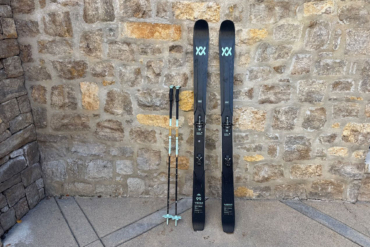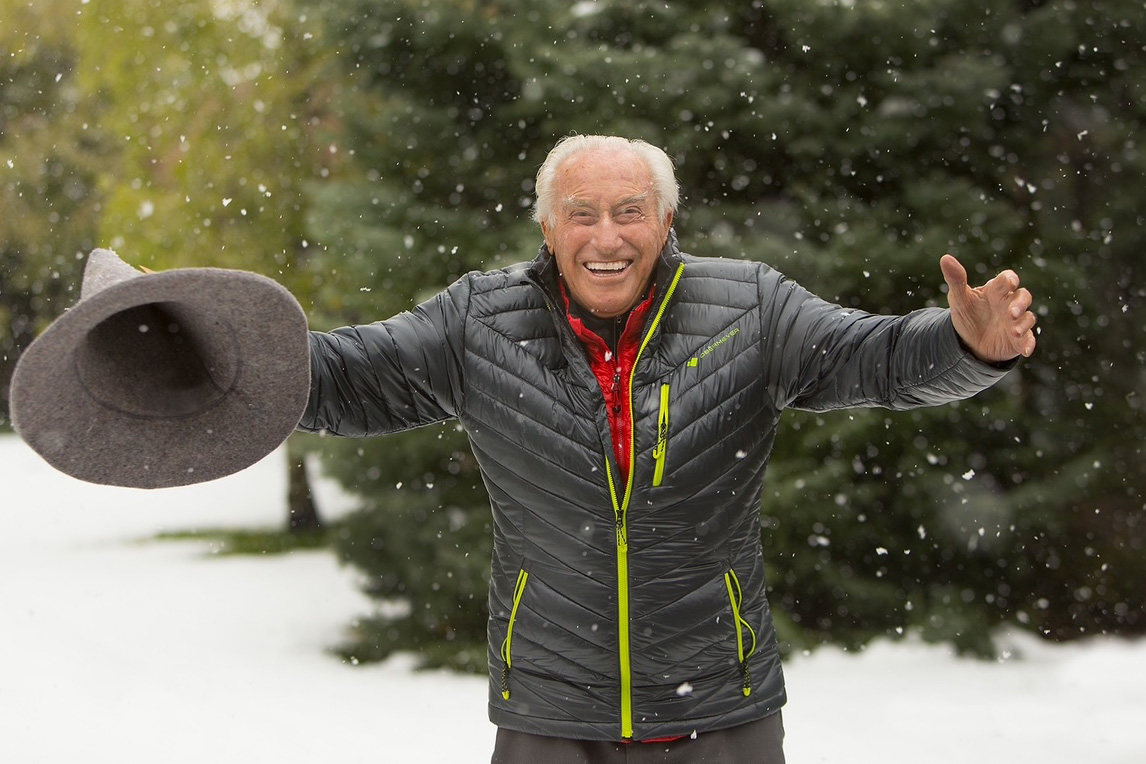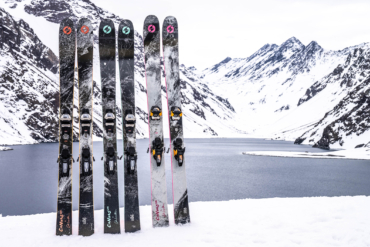As world-record attempts go, Eric Larsen’s “Save the Poles” expedition was a doozy. In 2009, the Minnesota-based explorer set out to be the first person to visit three literal “ends of the Earth” — the North Pole, the South Pole, and the summit of Mount Everest — in a single year’s time.
“Save the Poles” was concocted to bring attention to clean energy and climate-change issues, all while pushing the very edge of human adventure and the utter scheduling limits of a 365-day calendar datebook. To begin, Larsen scheduled his flights. He compiled the gear, tens of thousands of dollars worth.

Then, in November of 2009, Larsen trekked off toward the South Pole, a sled and his supplies in tow, and the rest is history. “Save the Poles” was a success. In just less than a year, Larsen met his goal on the summit of Mount Everest, having reached the last of the “three poles” at 29,029 feet in the Himalayan sky.
I caught up with Larsen last month for a quick Q&A on the gear he used during the year-long quest. After months of living in frozen places and sleeping on snow — not to mention braving dry-suit swim crossings in the Arctic Ocean — Larsen’s journey was an ultimate test of outdoors gear.

Among his stock of equipment, some of Larsen’s favorite items were decidedly low-tech. His “polar nose beak,” a homemade piece to prevent frostbite on the nose and face, is essentially a flap of synthetic fleece and rip-stop nylon. He stitches it into the foam on his ski goggles, sealing off his nose from cold temps, wind and sun. “It is the best way to protect your face in extreme cold,” he said.
Another unique piece, Larsen’s custom cooking table has a plywood base. It is a small platform he hauls along in the sled on polar trips built with a 16 × 24-inch piece of wood. Sheets of thin aluminum are riveted on as heat reflectors.

The mini cook table has drilled holes and bungee cords to hold fuel bottles and an MSR camp stove. Larsen said the unit provides stabilization of bubbling pots while cooking in a tent and allows for maximum heat retention and efficiency to reserve fuel.
In some of the coldest places on the planet, Larsen’s shelter of choice is the Polar Tunnel 4 from Sierra Designs, a commercially-available product that costs about $1,000. It has an elongated profile to handle high winds. Setup is fast, as Larsen can keep the poles in their sleeves on the tent while it is stowed away in his sled.
In arctic winds, Larsen said he stakes down one end of the Polar Tunnel and lets it spread out and prop up partially on its own. The tent has two large vestibules and air vents to manage moisture pumped out by up to four sleeping bodies inside.

Forward momentum in the polar regions is via snowshoes or skis. For the latter, Larsen forgoes kick wax and affixes skins on the base of his skis. (Ski skins are mohair-like sheets that bite into snow to grant kick as well as glide.) Instead of relying on the sticky backside of the skins, Larsen uses short metal screws drilled in for permanent attachment.
During the “Save the Poles” expedition, skis did double duty as oversize tent stakes for Larsen and his crew. For that reason, he cuts the ski skins off about eight inches from the tail of the skis so he can “stick them into the snow without the skins peeling off,” he noted.
On the journey toward a world record, all the small things add up. With his custom equipment and high-end gear, Larsen was able to do the unthinkable in 365 days. To be sure, planning, good partners, Sherpa guides, and a gargantuan dose of sheer human will were imperative pieces in the “Save the Poles” puzzle. But a plywood table and a nose beak certainly helped along the way.
—Stephen Regenold is founder and editor of www.gearjunkie.com.





